Dendrobium is a large genus of orchid that contains over 1800 species. This means there’s a huge variety of different types, each with their own slightly different care requirements.
However, if you just picked one up at the store, it’s most likely a Phalaenopsis hybrid. These are relatively easy to care for, which makes them great for beginners. But as always, learning the correct care techniques is still important.
Here’s all you need to know about this beautiful variety of orchid.
Natural Habitat
To understand how to care for any kind of orchid, you should start with its natural habitat. Once you learn how it grows in the wild, you’ll have a good idea of the environment you need to provide.
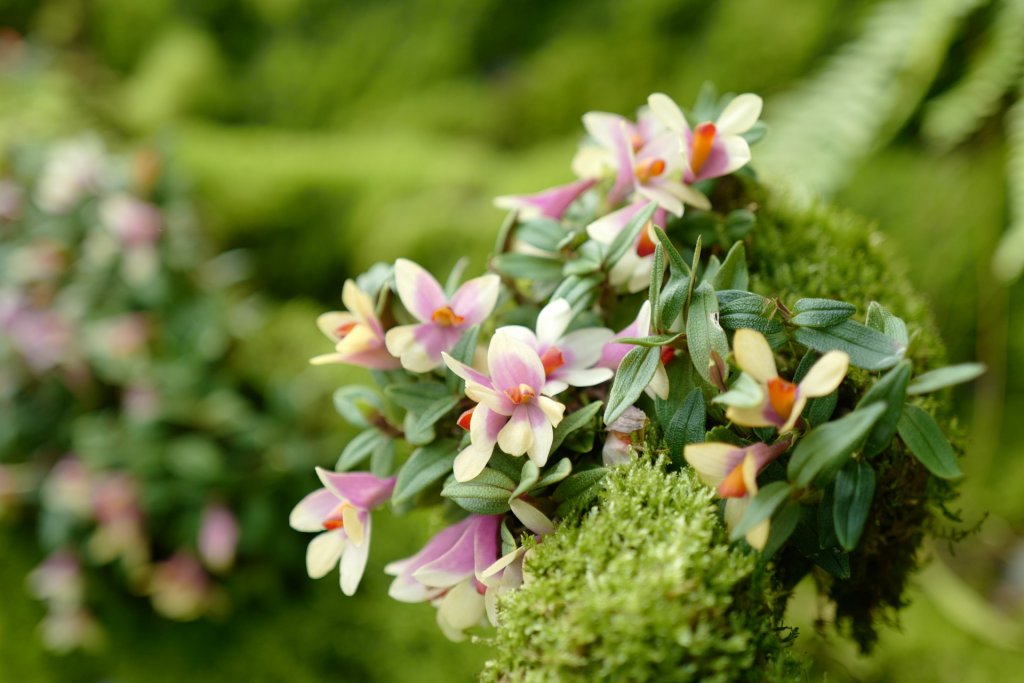
Dendrobium orchids are mostly found in South, East, and Southeast Asia, and they are incredibly resilient. Some varieties can thrive just as well in the Mountainous Himalayas as they can in lowland tropical forests.
In fact, some species do quite well in the deserts of Australia.
This makes them ideal for many homeowners looking for a robust plant. They’ll love the plant’s resilience and ability to survive in a wide range of different climates.
Another key feature of this genus is its roots. The roots of Dendrobium orchids tend to creep over the rocks and trees that they’re planted around. Most other orchids just sit around the soil.
This behavior lends it the name Dendrobium, which comes from the Greek word for tree, dendron.
How to Care for a Dendrobium Orchid
This flexibility makes the Dendrobium easy to care for. However, there are still a few points you should bear in mind. Let’s cover these in a bit more detail.
Light
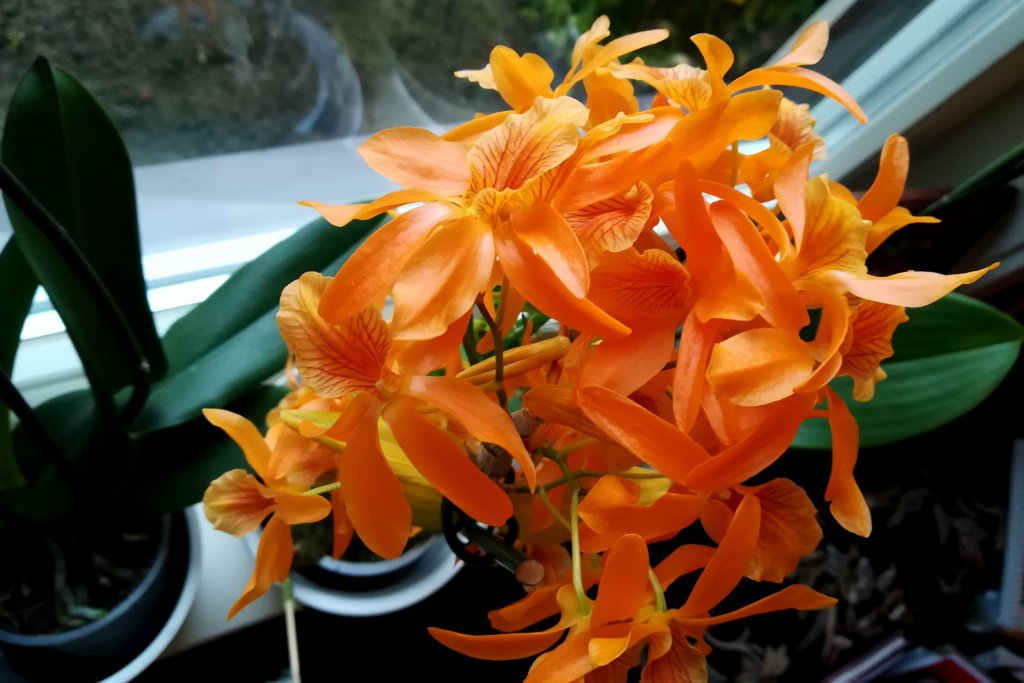
Dendrobium orchids certainly don’t want to be kept in the dark, but they also can’t stand being left in direct sunlight. A moderate amount of light is what they really need to do their best.
The ideal location for your orchid is on the windowsill of a lightly shaded, south-facing window. This will help ensure that your plant gets all the sun it needs without being put at risk of burning its leaves.
However, if you don’t have a south-facing window in your home, then west or east will do just as nicely. Just try to avoid north-facing windows. These tend to receive much stronger sunlight, which could easily damage your plant, especially in the first few weeks.
Temperature
These orchids can do quite well in a wide range of climates. However, the ideal temperature for them is 65 to 75 degrees Fahrenheit during the day and 55 to 60 degrees at night.
Maintaining this temperature should actually be quite easy, as most homeowners consider this a comfortable temperature to live in. However, as long as the temperature near your plant doesn’t rise above 90 degrees or drop below 50 degrees, your orchid should be just fine.
Of course, if you’re worried about staying on top of this, you can always make your life easier. Just purchase a simple weather thermometer and keep it next to your orchid. This way, you can always be sure your plant has the ideal conditions no matter what the climate might be like outside.
Humidity
Dendrobiums enjoy relatively humid environments, similar to the tropical forests from which they originate. The ideal range is about 50 to 70 percent.
If you’re not sure how humid the area around your orchid is, you can buy a humidity meter to measure it.
You may need to increase the humidity, in which case you can use a humidity tray. To make one of these, take a shallow dish and fill it with pebbles. Add some water and stand your orchid’s pot on top, making sure the bottom of the pot is not touching the water.
Watering
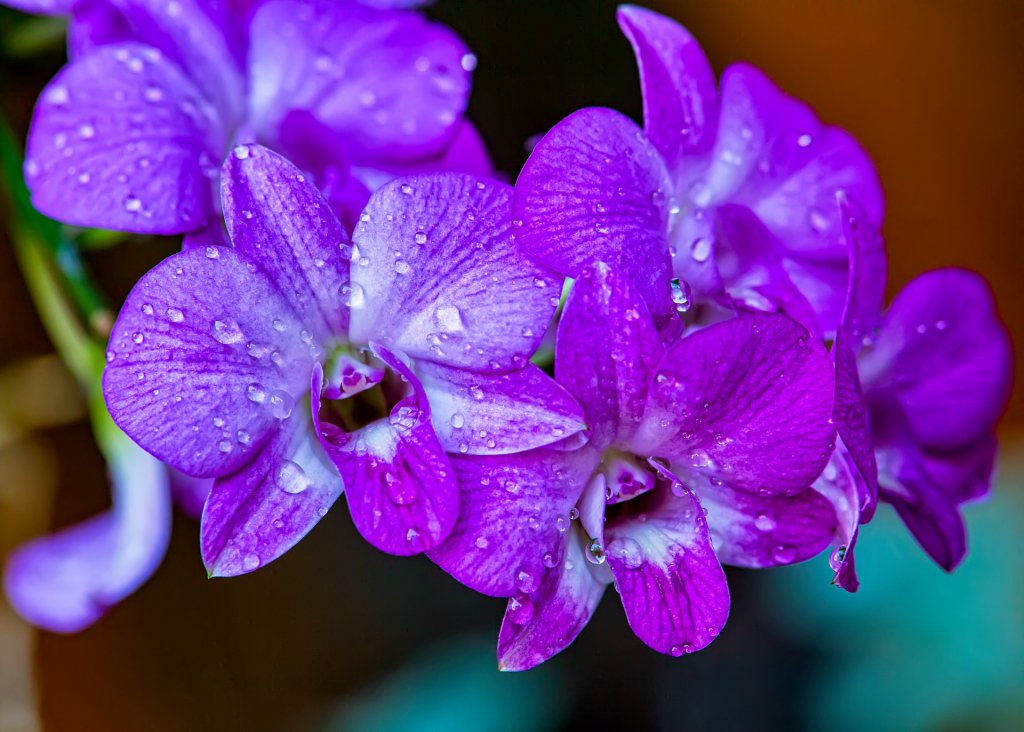
Watering orchids can be confusing for some people. Many first time growers make the common mistake of overwatering their orchids, which results in them essentially drowning.
This is because orchids generally don’t need a tremendous amount of water to thrive.
For the most part, watering twice a week in the mornings is usually enough for a Dendrobium. They actually prefer their area to be nearly dry before they receive any more water. You can check the top inch of the potting mix for this.
Another consideration that you’ll want to keep in mind will be the temperature of the water. Orchids prefer that their water be kept at a more tepid, moderate temperature. Any extreme hot or cold could shock them and end up doing more harm than good.
Potting Mix
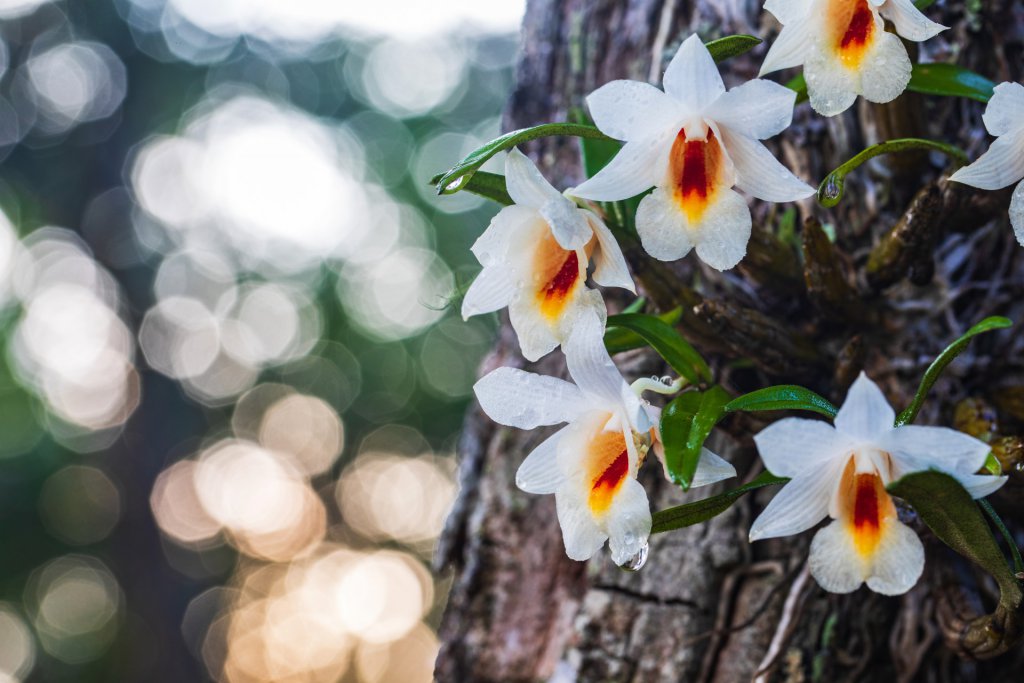
It’s important to know that orchids don’t require regular soil. This can end up damaging your orchid’s root system.
The best thing you can do is purchase a high-quality potting mix that’s specifically for Dendrobiums. Remember, they grow on trees, so this will mostly consist of bark and moss.
You can usually find this mixture in most local landscaping stores. Or, if you’re looking for something more convenient, some online vendors can send the mixture right to your front door.
If you want to learn all about the different types of potting media, you can read our guide here.
Pot
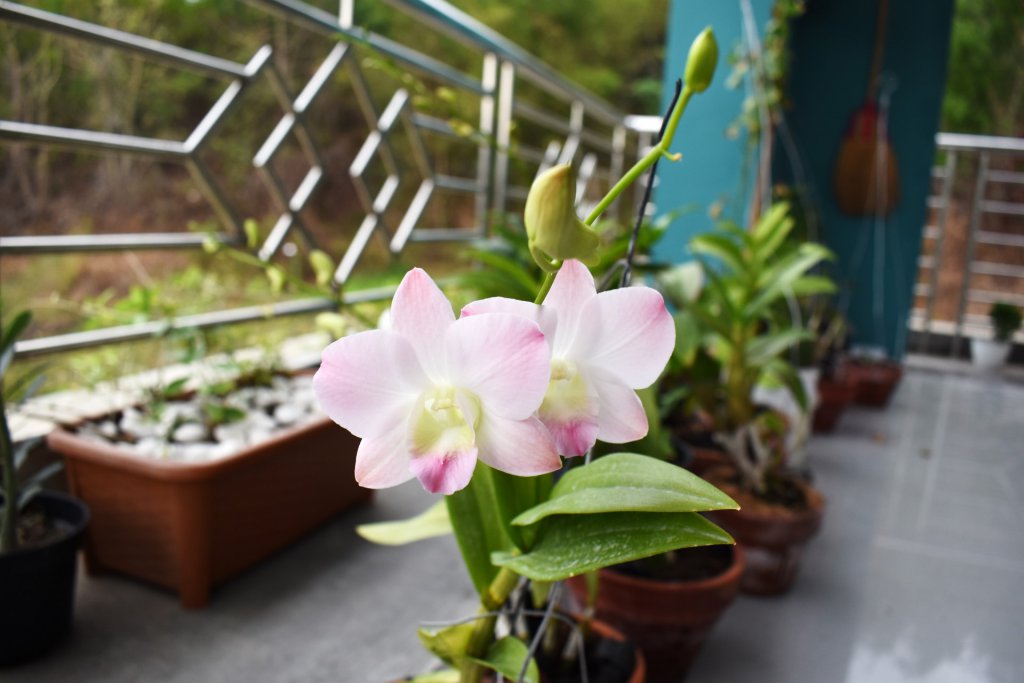
While you might think that you want to give your orchid as much space as possible, this isn’t actually the case. In fact, you need to make sure that you start your plant off in a smaller pot. It’ll help it to feel secure in the tighter space.
Generally speaking, you want to choose a pot that’s no more than one inch larger than where your roots will spread to. Because Dendrobiums grow taller rather than broader, a smaller container will leave more than enough space for it to develop.
Repotting
In general, you should avoid repotting your Dendrobium too often, because it tends to grow upwards rather than outwards. You’ll only need to do this every 2 to 4 years.
Wait until the blooms have fallen, then carefully remove it from its pot. Choose a slightly larger pot without too much excess space, and repot your plant in fresh potting mix.
Make sure to water your orchid immediately after repotting it.
While a Dendrobium’s creeping roots can help it to thrive in a wide range of conditions, they can also be open to damage. So, you’ll need to make sure you do everything you can to protect these roots while repotting.
Blooms
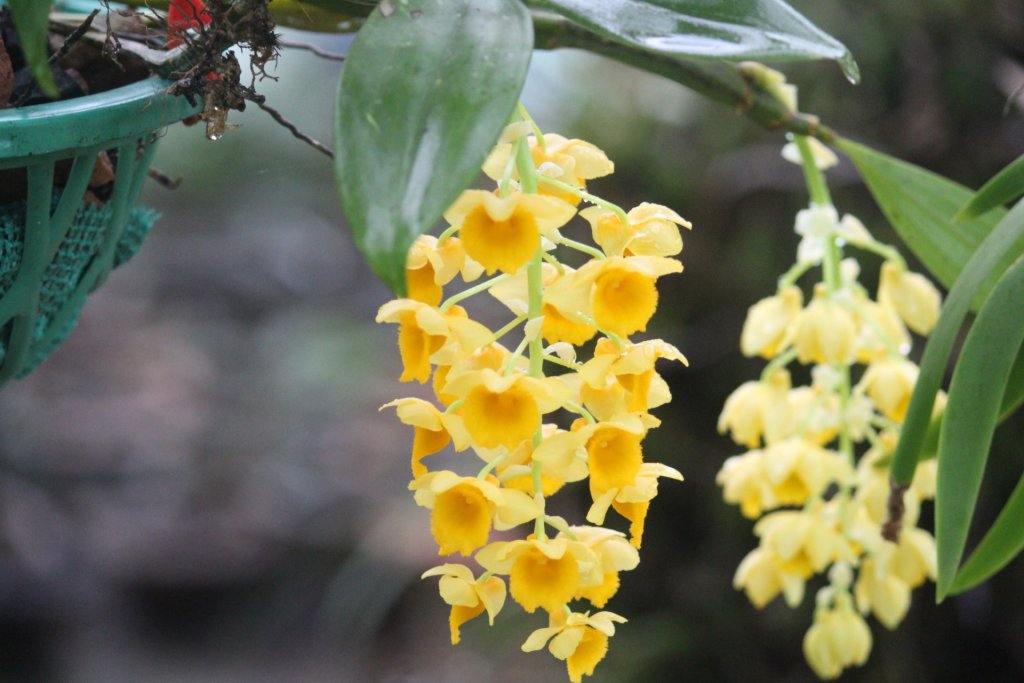
The most characteristic features of this orchid are its long stem and top-heavy blooms.
In fact, the Dendrobium flower has become one of the most easily recognizable flowers in the world. It’s highly desirable for things such as bridal bouquets and other decorations.
They come in a variety of colors, but common ones include purple, white, yellow, and brown. They usually emerge around February and last about 6 to 8 weeks.
These big blooms look lovely, but all this bulk can put a lot of strain on the stem of the plant. To help it grow to its full potential, stake the long, thin stalk so that the flowers don’t weigh it down too much. You can get readily-available plastic clips for this purpose.
Fertilizer
If you’re looking to give your orchid a boost of nutrients, then there’s no harm in providing it with a specialized fertilizer to help it along. You can get balanced fertilizers that have been developed specifically for Dendrobiums.
Give this to your orchid once a week (but no more), and it will help get things moving. Be careful not to apply too much. Otherwise, you can burn the roots of your plant.
If you’d like more information on how to apply fertilizer correctly, be sure to check out our fertilizer guide.
Care Summary
| Light | Moderate, indirect light (south-facing window) |
| Temperature | 65 to 75 F (day), 55 to 60 F (night) |
| Humidity | 50 to 70 percent |
| Watering | Twice a week |
| Potting Mix | Bark-based orchid mix |
| Pot | Small with good drainage |
| Repotting | Every 2-4 years |
| Blooms | Around February for 6-8 weeks Stake the stem for support |
| Fertilizer | Once a week, sparingly |
If you’d like to download this as a handy cheat sheet, right-click the image below and select “Save Image”:
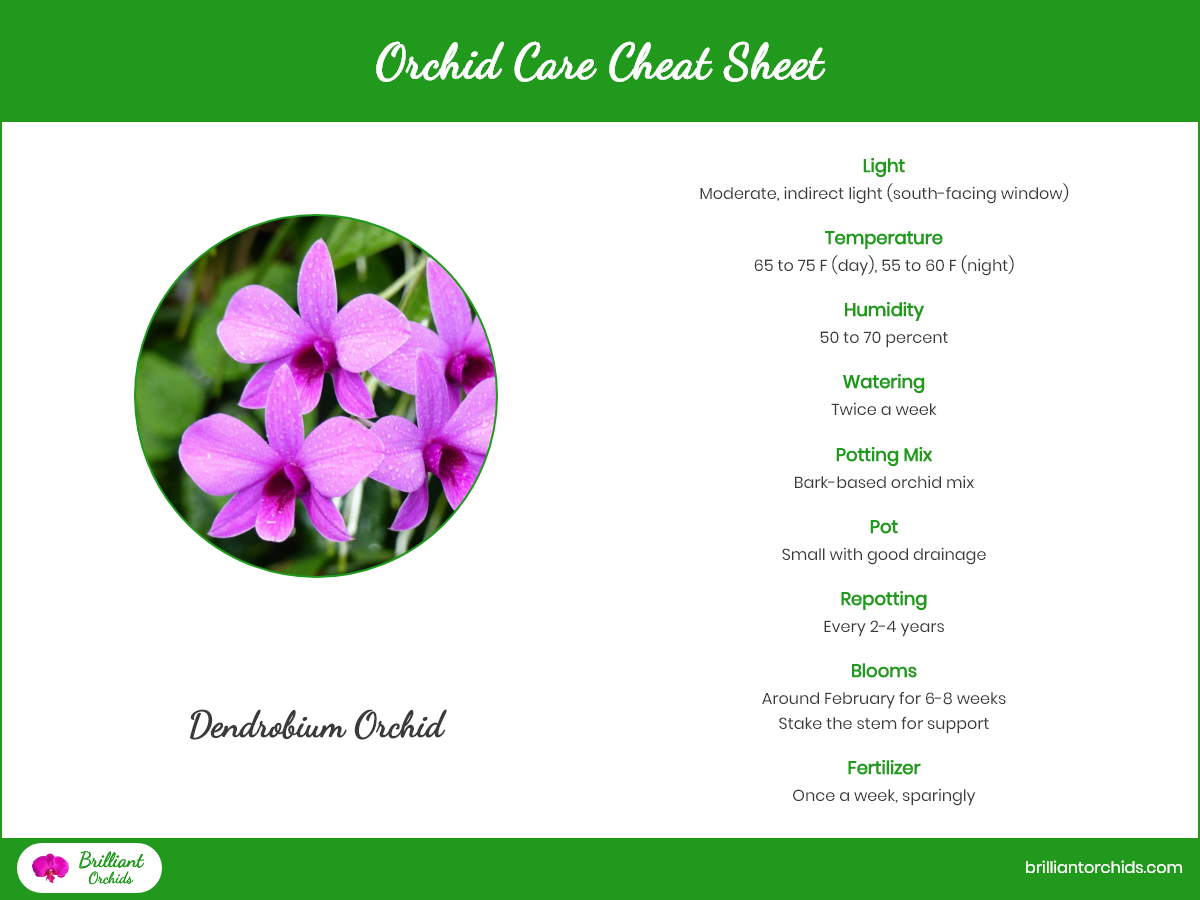
We recommend printing it off and keeping it by your orchid. Please share it if you find it useful!
Frequently Asked Questions
How Much Space Does a Dendrobium Need?
Crowding your orchid with a range of other plants can result in a smaller, sickly plant. This is because orchids prefer more open spaces with good air circulation.
Leave a couple of feet between your plants. This can help prevent the growth of fungus, which will thrive in more crowded and concealed spaces. It will also help you notice more quickly when you have an insect problem that you need to take care of.
My Orchid Has Bugs, What Should I Do?
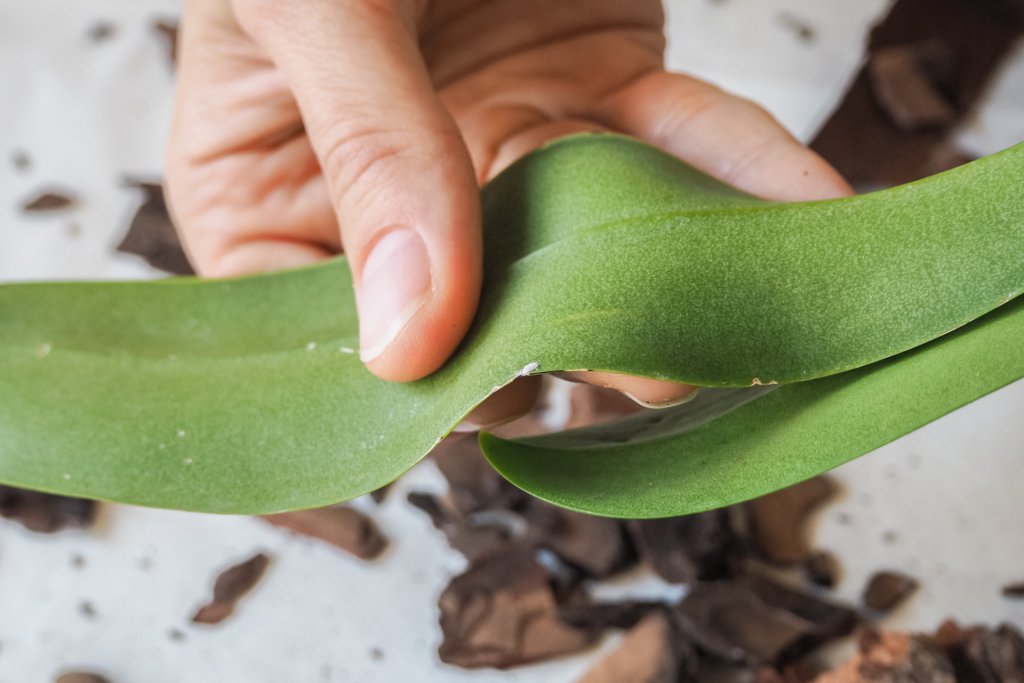
It’s quite common for orchids to end up suffering from an infestation of mealybugs. This can happen even when you do everything in your power to keep your house and the surrounding area as clean as possible.
Luckily, these little pests are easy to remove. Simply put some rubbing alcohol on a cotton ball and rub it all over the surface of the plant. This will kill the insects and leave your plant feeling better than ever.
We hope you found this guide useful. If you have any tips and tricks for growing Dendrobiums, leave us a comment below!

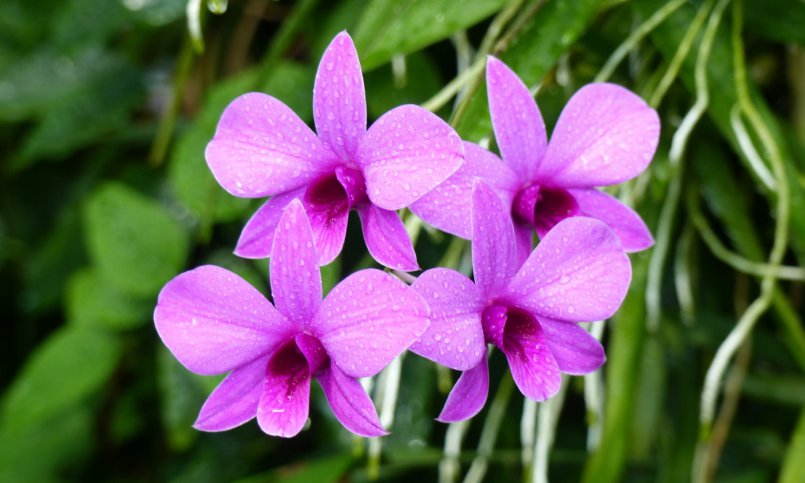
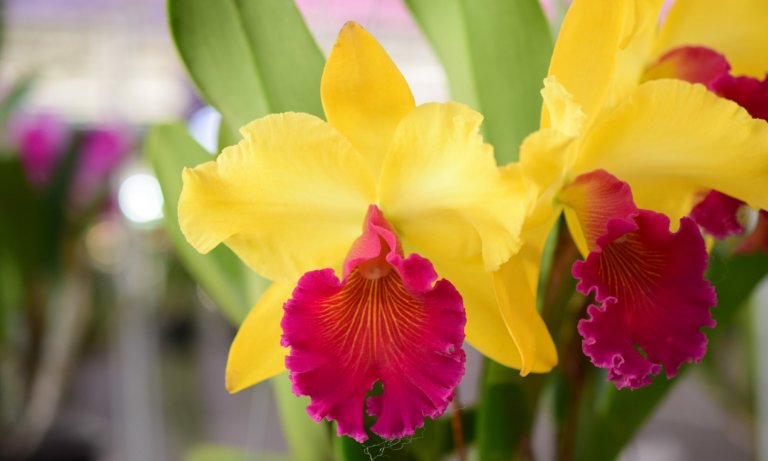
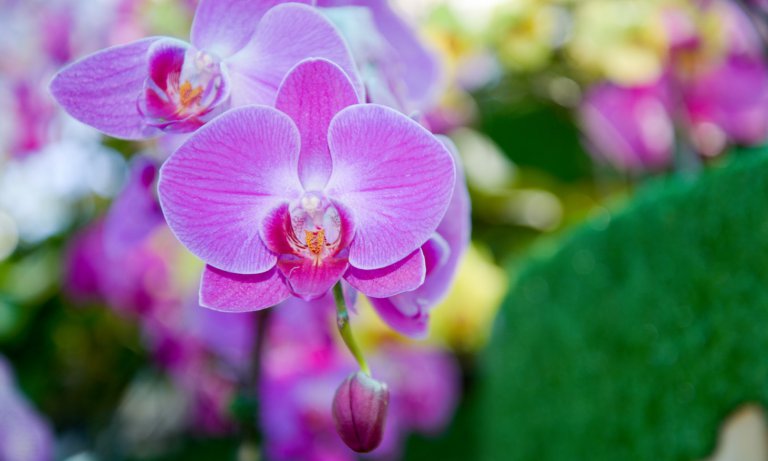
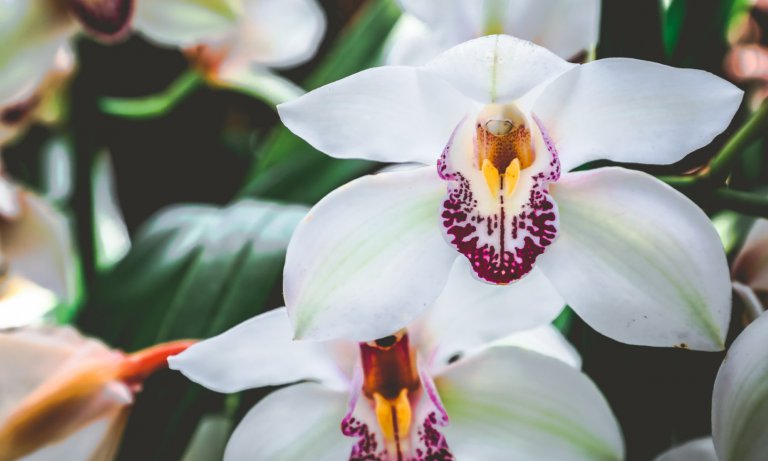
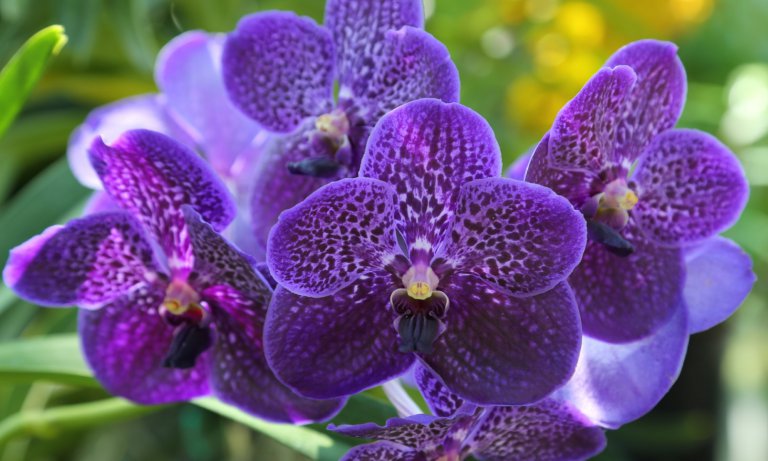
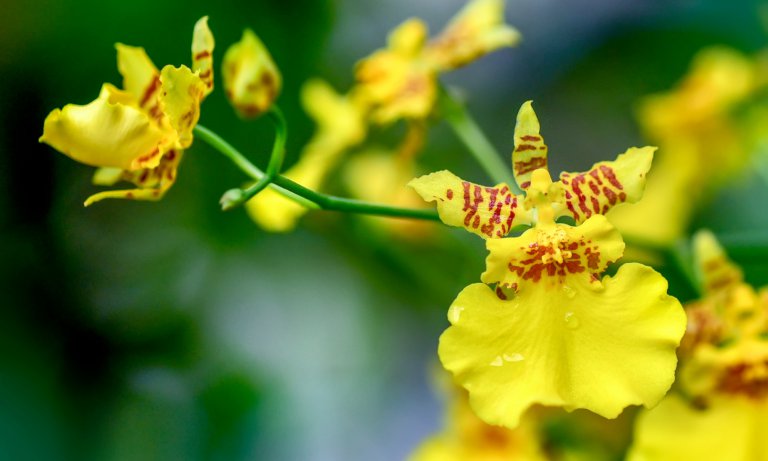
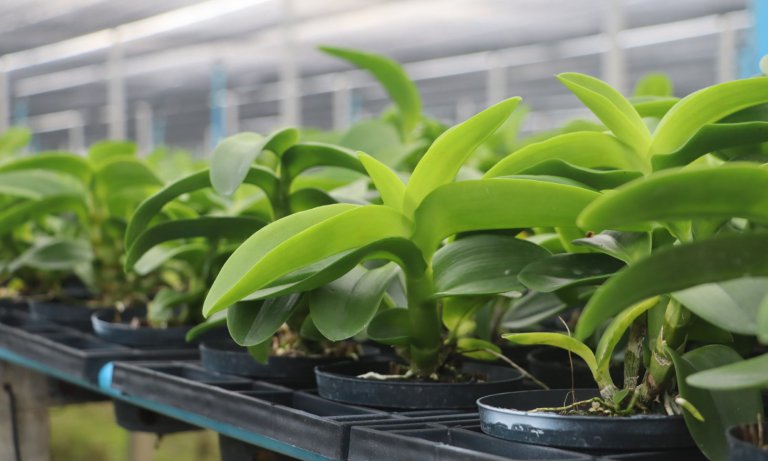
What chemical to use for aphids I used to use Rogor
or Orthene systemic sprays can you help me
With thanks
Nina Dmitrieff
Hi Nina – you can use rubbing alcohol (70% strength). Apply it using a cotton swab or by spraying it, and it should repel most insects including aphids